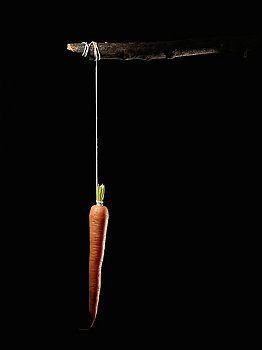Like my blog? Sign-Up for a FREE newsletter! OR Give a ‘Like’ to my FaceBook Page
 Commodity trading is an increasingly popular pursuit among both professional and at-home traders who wish to benefit from the commodity marketplace’s immense liquidity, diversity, and 24/7 nature. The purpose of this article is to introduce you to some general commodity trading strategies that can take your market earnings to the next level.
Commodity trading is an increasingly popular pursuit among both professional and at-home traders who wish to benefit from the commodity marketplace’s immense liquidity, diversity, and 24/7 nature. The purpose of this article is to introduce you to some general commodity trading strategies that can take your market earnings to the next level.
Leverage and Risk Capital
Leverage is an immensely important, albeit sometimes overlooked, part of any commodity trading strategy. If you borrow $50 for every $1 you trade with, even a modest run against your position can close you out. That’s why, no matter what strategy you adopt, you should plan for the lowest amount of leverage your risk capital can safely support. If you can’t trade commodities on at most 20-1 leverage, consider waiting until you have more risk capital. Paradoxically, the more risk capital you have, the safer your positions are, because you can employ lower leverage and won’t be desperate for profits on each trade.
Go International Commodity markets are global. Online trading platforms give you the opportunity to trade different commodities at different exchanges. Well-informed traders can make the global nature of commodities work for them by timing trades, finding new platforms, and making unconventional investments where the potential for Alpha is greater.
Follow the Markets
Commodities tend to be more volatile than stocks. If you’re trading actively, make sure you know what the markets are doing. Following market trends on a regular basis, especially with the assistance of charting software, gives you as excellent basis for planning stop-losses, trailing stops, and profit-taking.
Follow Geopolitical Trends
Oil and gas are two commodities whose prices are often dependent on geopolitical trends. If you trade these commodities, you need to familiarize yourself with the impact of geopolitical trends (including news related to war, diplomacy, and elections) on commodity prices. Form hypotheses about how changes in the geopolitical situation could impact commodity price, then test your hypotheses by seeing how the markets have reacted in similar situations. Read trading briefs that include geopolitical analysis.
Weather and Climate Matter
The world is in the midst of climate changes. The price of agricultural commodities is often determined by weather trends. Gathering more data on what kinds of changes are taking place, and how the price of agricultural commodities has responded, is a way to stake out long-term positions. Following short-term weather trends can allow you to establish some profitable intraday trades.
Pick a Strategy
Don’t fall victim to trading ADD. Jumping from strategy to strategy will not let you find your own strengths and weaknesses, and won’t add to your training IQ. Any specific strategy–whether technical or fundamental–can work as long as you know how to apply the strategy. Find a strategy that appeals to your own character and run with it.
Put Money on the Table
There’s a world of difference between practice trading and live trading. Unless you have real money on the table, you’re never going to learn what makes you tick as a trader. A good practice trader is not necessarily a good live trader, and vice versa. Don’t think that endless practice trading will get you ready for a live account.
Do the Work
Following another person’s system blindly is not a long-term strategy for success. Look for mentors, not oracles. The more research and analysis you do on your own, the faster you’ll become a better trader.
About the Author: Jennifer Carrigan knows that your finances in trading may lead to loans taken out on your behalf. If you already have outstanding loans, calculate your loan repayments with this tool.
